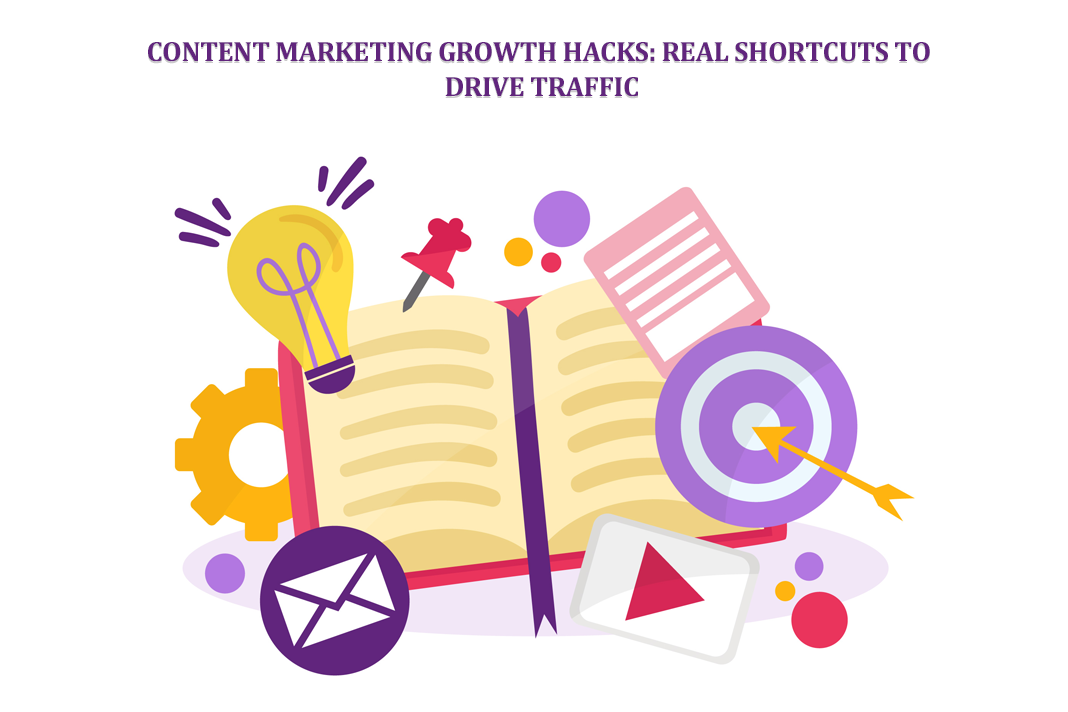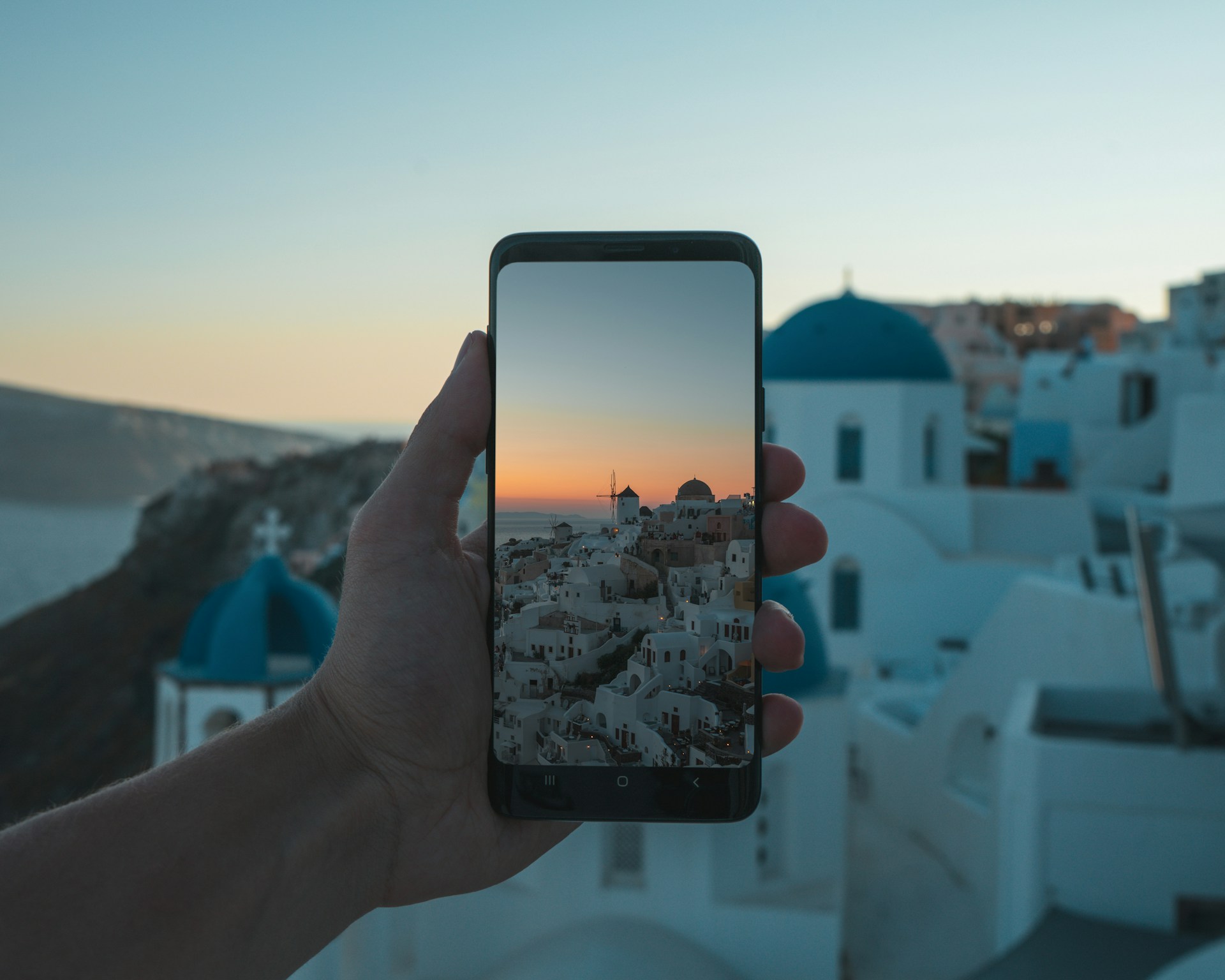5 ways to add Social Media to your web design
It’s hard to overstate the impact that social media has done to our society. Not only has it allowed extensive reach all across the globe, it has redefined how we connect with other people not just in terms of talking but in how we interact with everyone else. Experts are on the fence if social media’s benefits truly outweigh the harm it brings to our society but everyone is in agreement that it has brought significant change in how we live our lives and interact with other people.
Quick Links
A Brief History
To some, the history of social media started with Facebook but it goes far deeper than that. Six Degrees was created in 1997 and was the first true social media that we recognize today. It allowed people to create a profile and add friends. Blogging sites became popular in 1999 and still in use to this day. After that appeared MySpace and LinkedIn,and this saw immense popularity in the early 2000s. YouTube gained prominence in 2005 and revolutionized how people consumed video content. Facebook and Twitter followed in 2005 and immediately saw a meteoric rise in popularity, becoming one of the most popular social media sites to this day.
Incorporating Social Media to Web Design
With so much going on social media, it is easy to just give up on your website and just focus your time and energy on managing your site. But don’t worry, your website can still be useful, all you have to do is incorporate your social media into your web design. It’s not as daunting as it may seem. There are actually numerous tips and tricks all over the internet to help you achieve this plan. And lucky for you, I’ve saved you to the trouble of searching and compiled it into one relatively short article.
- Don’t be shy, let them pry
The easiest way of letting your audience know about your social media accounts is by merely posting links, easy as that. If you run a blog, the work is already half done for you. I’m not saying you mention your socials in every blog post you make but take not to remind them that you exist outside your website.
Next is to make your socials very visible the moment your audience arrives on your site. A simple rule of thumb you can follow is by making sure your social media icons are visible on the header and footer of your site, basically the top and bottom of the page. This will ensure that on every page of your site, your audience will see your social media accounts.
- Use hashtags and handles
When we think of social media, what immediately comes to mind are the symbols for hashtags and handles (#, @). For so many years we’ve been using these symbols for various ways but it’s only in recent times that these two symbols started to help propel social media’s popularity.
Hashtags and handles are especially popular for younger audiences. So if you are trying to market to that demographic, using these two symbols will help you attract their attention.
- Incorporate notification tickers
We all know what notifications are; we see them every time we log in to our social media sites. They show up in any kind of color but the most common is red. And now a lot of websites are using these tactics into their web design because they know the strong pull a waiting message has on people.
Sites don’t need to use the same strategy as social media sites, although that is certainly possible to prevent your audience from leaving your site, you can use the same tactic to offer promos and coupons. It’s a great way to attract their attention and keep them engage in your site.
- Using a timeline for your site
One massive appeal that social media has over other websites is their use of a timeline to showcase your activity in chronological order as well as those that you follow. This has a lot of advantages mainly that gives your audience an idea of the history of your site and what you’ve been up to. Timelines are also good at telling a story and there’s nothing like a good story that attracts the attention of people.
A great example was when I suggested to a friend who ran a moderately successful website selling beautiful yoga mat bags. For a few years, she steadily gained a loyal following of avid fans because of the art she does on bags but her sales started to plateau. In a random conversation we were having, she mentioned this dilemma to which I suggested using the timeline approach on her main page as opposed to just showing a grid of her products. She’s now taking orders multiple times a day and has since partnered with e-commerce sites whose messaging follows her philosophy.
- Make your content shareable
No matter how good your content is, it serves very little purpose just sitting on your site for people to discover. You should make sure that all your content is easily shareable to all other social media accounts. Anyone who shares them will lead the reader right into your site, simple and easy way of increasing your traffic without even doing much.
Facebook might have a bad reputation right now but it still has a huge following all over the world with millions of people still using the site on a daily basis. You can use their reach by incorporating your Facebook account into your site. A great way to do this would be to allow people to make testimonials using their Facebook accounts. So people’s reviews about your site made through Facebook can easily be seen and their Facebook profile can be visible when they make their testimonials on your site. Easily a win-win situation.
For the time being, social media dominates the internet. More and more sites are now realizing the potential of incorporating social media into their design. It not only stimulates growth by increasing traffic, but it also helps spread their message to more people.
Author Bio:
Sarah Brooks is a passionate blogger and frequent traveler who loves to write about digital marketing and IT issues and solutions. She is currently working with Sequentialnetworks, one ofthe leading Consultancy Managed IT Services Providers, which offers londonleased line and dedicated servers to companies based in London and Manchester.
What Is WooCommerce Product Slider and Why Your Store Needs It
Why Do Product Images Matter So Much in Online Stores? When someone visits an online store the…
0 Comments9 Minutes
How to Streamline Your Customers’ Shopping Experience?
The goal for any online store is to make shopping as smooth as possible. When visitors move…
0 Comments8 Minutes
Strengthening Brand-Customer Relationships Through Gamified Loyalty Programs
Creating lasting connections with customers has become increasingly vital as the marketplace grows…
0 Comments6 Minutes
How to Use SEO and SEA Together in Search Engine Marketing
In digital marketing, search engine marketing (SEM) plays a critical role in improving online…
0 Comments10 Minutes
Content Marketing Growth Hacks: Real Shortcuts to Drive Traffic
Are you still lagging in content marketing? Sticking to these old strategies seems…
0 Comments10 Minutes
How to Build a Strong Local Following Using Social Media Marketing
In the days of likes, shares, and stories, local businesses have a golden opportunity to create…
0 Comments9 Minutes
Why WooCommerce is the Best Choice for Your Online Store?
WooCommerce stands out as a top option for anyone looking to build an online store. This platform…
0 Comments8 Minutes
How to Use AI-Powered SEO Tools for WordPress eCommerce
SEO is a critical factor in the success of any e-commerce WordPress store. As competition…
0 Comments11 Minutes
1 Comment
Comments are closed.









Good tips on social media web designing.